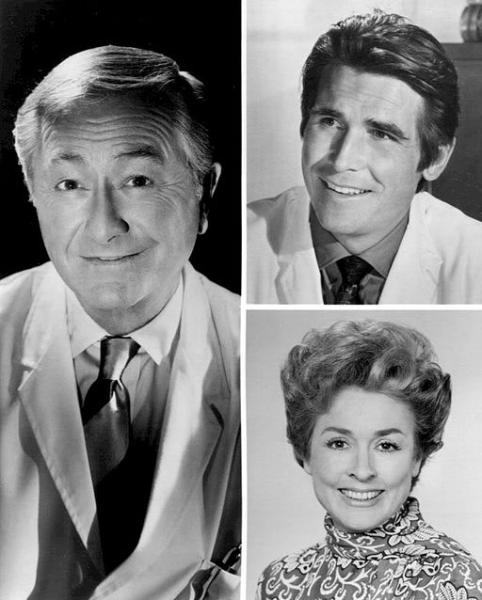It seems like everyone is on a statin, at least in my neighborhood. It is used by an estimated 70 million Americans, a third of our adult population. Recent studies have suggested that the acceptable level for bad cholesterol, the LDL, should be lowered to achieve a more significant benefit; and pharma has produced newer agents to meet these lowering limits. It is estimated that an additional 29% of at-risk patients are not being treated with a statin, but for the moment, leave them aside. How well are the patient’s already prescribed statin’s doing? A recent study sheds some light on that question.
The researchers made use of electronic health records from the Indiana Network for Patient Care, aggregating health information for about two-thirds of Indiana’s patients. Their primary interest was how many patients met statins treatment threshold, the level of LDL we associate with a clinically significant reduction in cardiovascular risk. [1] The population studied were age 45 or greater, had not been prescribed a statin for a year before the study date, they were, therefore “statin-naïve,” and were prescribed a stain within 6 to 18 months after the study began with recorded levels of LDL. The study looked at the period 2012 to 2016 and more specifically at the LDL attained 6 months after initiation of therapy.
Beginning with roughly 650,000 patients, the study group was reduced to 90,000. Why the high attrition? The underlying cause should be our first concern because the most significant drop off was there was no follow-up visit recorded or LDL measured after the study began. That’s correct, once a statin was prescribed, very few patients, in the range of 80%, were not re-evaluated. Now whether this is because physicians failed to schedule follow up appointments and testing or patients didn’t show up is unknown. How did the remaining 20% fare?
Approximately a third of these re-evaluated patients still had not achieved the recognized LDL threshold. Those that had tended to be older, in the 65 to 74 age group, female, and racially disparate that is 44% of blacks met criteria versus 32% of whites. To be fair, many of those who missed the threshold were within 30mg/dL, so you have to account for some clinical judgment in how hard you press, when does perfection become the enemy of good? But these patients might have benefited with adjunctive treatment, like medications that work on other lipid pathways or dietary modifications, including our old friend fiber.
How well a patient adhered to the statin prescription was based on how much medication a patient possessed, a calculation called the medication possession ratio or MPR [2], higher is better. Forty-three percent of patients were judged by their MPR’s as nonadherent, more as you would expect in the group that failed to meet the LDL threshold. Elevated cholesterol is clinically silent, it is a laboratory value after all. So we might expect that patients placed on a medication for an unexperienced risk might be forgiven for not following physician’s treatment recommendations – it’s is hard to remember to take a pill every day when you have no symptoms. So we might expect that those receiving statins to prevent a second cardiovascular event would be more attentive, after all, they already had that first heart attack or stroke. We would be disappointed, the numbers are essentially the same.
One and done
The study goes on to calculate the cost of these misalignments of treatment and efficacy, and as expected, better medication adherence results in healthcare savings. I would like to instead focus on this adherence issue. Admittedly, we cannot tell whether physician or patient is “at fault,” but how can you prescribe therapy and not follow up on whether the treatment is effective? More importantly, how can we make it easier to take our medications? I can understand how an asymptomatic patient can mistake a lack of symptoms with a lack of “need,” but what about those patients who have already had a heart attack or stroke? Many of them were not taking the medication, or when they were, they had not achieved what physicians considered a therapeutic level.
Health care for chronic illness, and that is what cardiovascular disease is, is not one and done. In my view, the study suggests that we need to do a lot more with what we already have available. We need a way to assure that our treatments are followed up, that they are effective and become part of a patient’s daily routine, that is another form of personalized, precision medicine that does not require algorithms and deep intelligence. It requires being responsible for the changes you make, on both parties; the doctors providing the prescriptions, and the patients asked to follow them.
[1] For prevention, the general threshold is an LDL below 100mg/dL; for protection after a cardiovascular event, the limit drops to an LDL of less than 70mg/dL.
[2] MPR is the number of pills available to the patient based on filled prescriptions divided by the number of days covered by those prescriptions. It is easily calculated from pharmacy data but can overestimate adherence when patients reorder medications earlier than they are needed.
Source: Quantifying Unmet Need in Statin-Treated Hyperlipidemia Patients and the Potential Benefit of Further LDL-C Reduction Through an EHR-Based Retrospective Cohort Study Journal of Managed Care and Specialty Pharmacy DOI: 10.18553/jmcp.2019.25.5.544.




